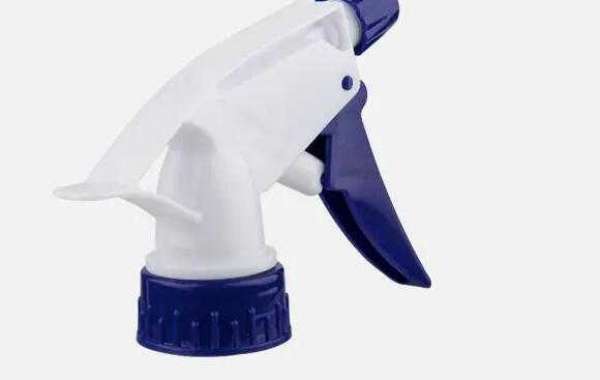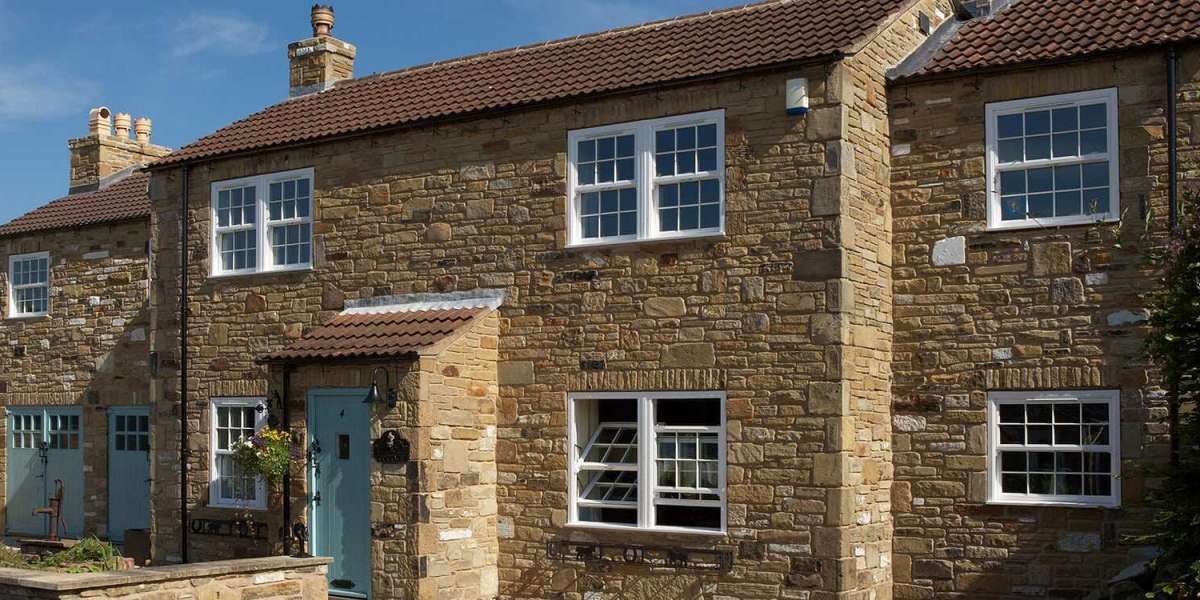- Start With Chemical Industry
The first thing to consider is whether your liquid chemical is compatible with trigger sprayers. Typical trigger sprayers are made of plastics including polyethylene (PE), polypropylene (PP), polyoxymethylene (POM), LDPE, and HDPE. These plastics formed with reinforced particles generally have good compatibility with a variety of chemicals. However, some trigger sprayers contain rubber seals (NBR) in the piston and nozzle construction, which can be damaged by some polar solvents, and some aggressive chemicals can corrode the metal spring.
- Packaging
Trigger sprayers are specifically designed to be "off" to prevent leakage during transport. For added safety, some trigger sprayers feature a latch, CR (child-resistant) nozzle, and a ratchet neck finish designed to prevent misuse and leaks.
- What is the ideal output of the sprayer?
How much liquid should flow out of one squeeze? It depends on the product type, but in commercial and industrial applications the working area is large and the high output is more efficient. On the other hand, if hair salons or air fresheners need a fine mist, low yields can help achieve more.
- Spray pattern
In fact, the choice of the spray pattern is not as simple as imagined. For fog patterns, do you want a wide-angle of fog or just want to cover a narrow area? For flow patterns, do you want a direct flow or a circulating flow? And for foam patterns, some customers prefer a rich, dry finish that can adhere to surfaces foam, while other customers feel that water-based foam is more suitable for their needs.
- neck appearance
The correct neck finish will ensure that the trigger sprayer fits perfectly into the pair of bottles, the basic principle is to use the same standard. For example, a 28/400 bottleneck should be paired with a 28/400 trigger sprayer.
However, there is an interesting phenomenon. Take 28/400 as an example, we know that 28 refers to the outer diameter of the bottleneck as 28mm, and 400 refers to the thread type. Many U.S. packaging manufacturers state that 28/400 should have a full round thread, corresponding to the bottle/cap finish standard published by the Glass Packaging Institute (GPI), but for some unknown reason, many Chinese manufacturers put a half-circle The thread is regarded as 28/400, according to the standard it should be 28/410.
- Dip Tube
Trigger sprayers have rigid and flexible dip tubes. Rigid dip tubes are usually larger in diameter than higher output trigger sprayers. Although the dip tube is rigid, to get the correct amount of dip tube length you need to measure from the top of the neck to the bottom. If you are using a container that has a "push up" bottom, it means the bottom is lifted. If there is a push-up, subtract about 3/32 of an inch from the length of the container you measured earlier to compensate. This step ensures proper flow through the dip tube.
Also, if the dip tube is flexible, it should bend slightly towards the container wall to maximize product dispensing. You will need to add about an inch to the height of the bottle. This will provide enough length to bend properly within the container without hindering dispensing.
Yuyao Feifan Commodity Factory is a foam pump manufacturer from China, Produces and sells Edge Booster Spray Bottle, D Gun Trigger Sprayer, A Gun Trigger Sprayer, and other products.








